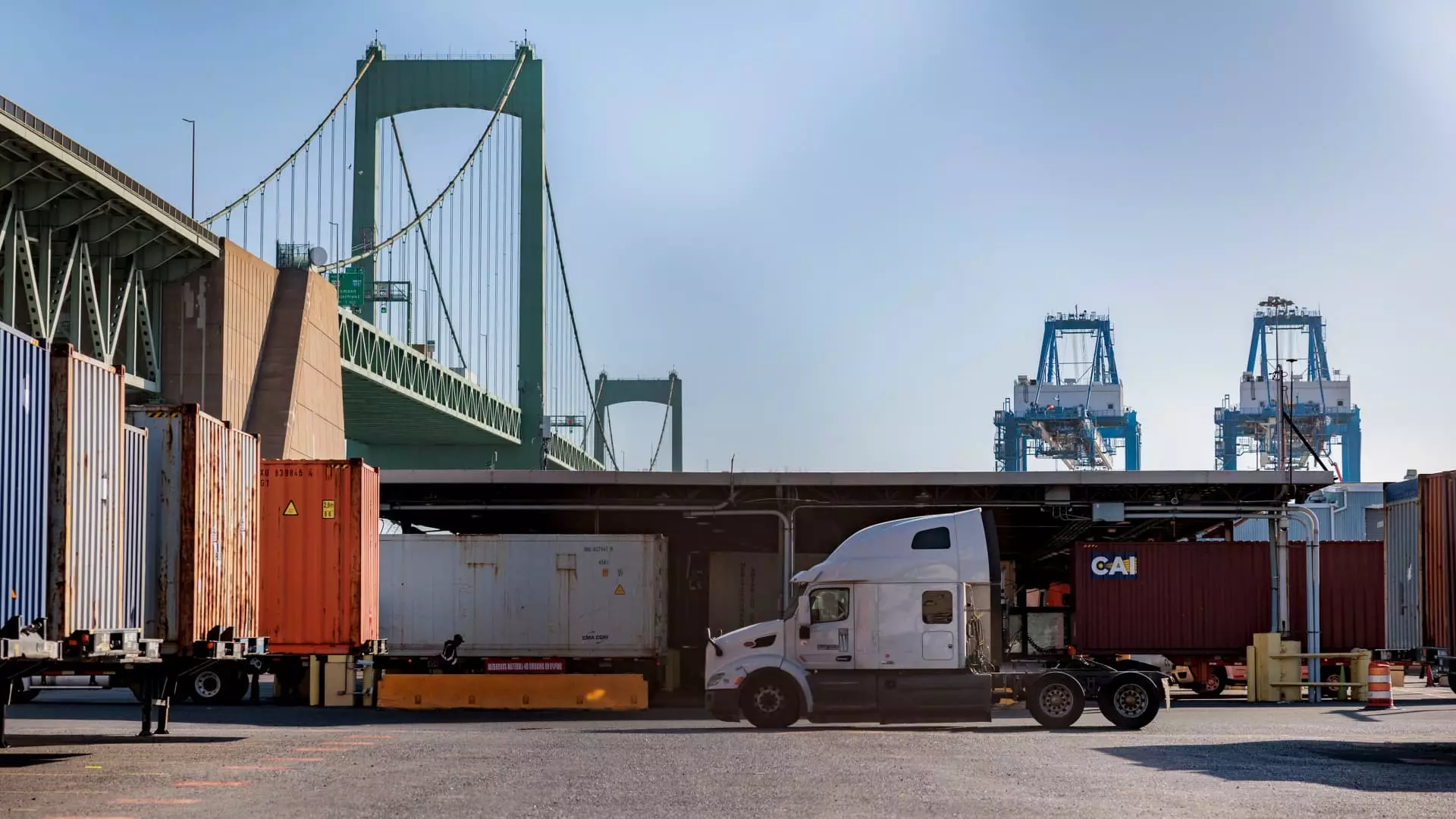The imposition of tariffs on imported goods by the Trump administration brought significant attention to the efficacy of tariffs as a potential replacement for the federal income tax. However, the plausibility of this idea has been met with skepticism from several economic experts. The initial enthusiasm for tariffs to serve as a primary source of government revenue raises serious questions about the underlying mathematics and economic structures involved in such a policy.
Historically, tariffs were once a substantial source of revenue for the U.S. government, particularly during the 19th century when federal spending was far less extensive than today. Fast forward to 2023, and federal expenditure accounts for approximately 22.7% of the nation’s Gross Domestic Product (GDP). According to the Tax Foundation, this is a staggering leap from the fiscal realities of the 1800s. Alex Durante, a senior economist at the organization, emphasizes this point: “You can’t have 21st century government spending with a 19th-century tax system.” This suggests that relying solely on tariffs, which have historically generated around 2% of federal revenue annually over the last seventy years, is increasingly unrealistic.
In a climate where the government requires significant funding to address various expenditures, including social services, infrastructure, and defense, resorting to a tax model based on imports poses considerable challenges. As Durante asserts, one cannot expect to sustain modern governmental functions on a revenue model from an era long past.
The Math Behind Tariffs as Revenue Sources
Looking at the numbers, the feasibility of replacing the income tax with tariffs becomes even murkier. The IRS collected around $2.2 trillion from individual income taxes in 2021 alone. The idea that tariffs could substitute such immense revenue would necessitate extraordinarily high tariffs on a limited base of imports. Erica York from the Tax Foundation contextualizes this dilemma, stating that achieving Trump’s stated goals for tariff-derived revenue—estimated to be around $2 trillion—would mean imposing impractically high tariff rates, causing significant adverse effects on trade and overall economic stability.
As argued by Kimberly Clausing and Maurice Obstfeld from the Peterson Institute for International Economics, implementing high tariffs could reduce the very revenue it aims to generate. As imports decline due to elevated costs, the expected revenue could diminish, leading to a vicious cycle of diminishing returns. The logic is straightforward: If tariffs increase the price of goods significantly, consumer behavior would likely shift away from imported products, thereby reducing the revenue generated.
The unpredictable nature of trade policies has ramifications that extend far beyond the immediate economic calculus; markets also react to the uncertainty around tariffs. The announcement of a 25% tariff on imports from Canada and Mexico, alongside a 10% duty on Chinese goods, signaled a strong stance on trade policy. However, the subsequent pause on tariffs for Canada and Mexico indicates the administration’s flexibility—or perhaps indecision—regarding such policies.
Financial markets responded with fluctuations as investors attempted to navigate the terrain laid out by shifting trade dynamics. Stocks, especially those reliant on international supply chains, have felt the pressure of potential economic fallout from prolonged tariffs. Without the assurance of stability and clear policy direction, investors might remain hesitant, potentially harming market growth.
The ambition to replace the federal income tax with tariffs is certainly ambitious, yet it is beset by considerable challenges rooted in economic reality. As the fiscal landscape continues to evolve, the feasibility of the idea remains questionable at best. Policymakers must weigh the potential benefits of such initiatives against the historical context, mathematical likelihood, and market reactions. While tariffs might serve as a temporary tool for raising revenue, the economic implications of such decisions call for a more nuanced and sustainably crafted tax policy that aligns with contemporary fiscal needs. Moving forward, it is clear that a deep understanding of both the historical precedents and modern economic conditions will be crucial in shaping effective tax policies that ensure long-term stability and growth.

